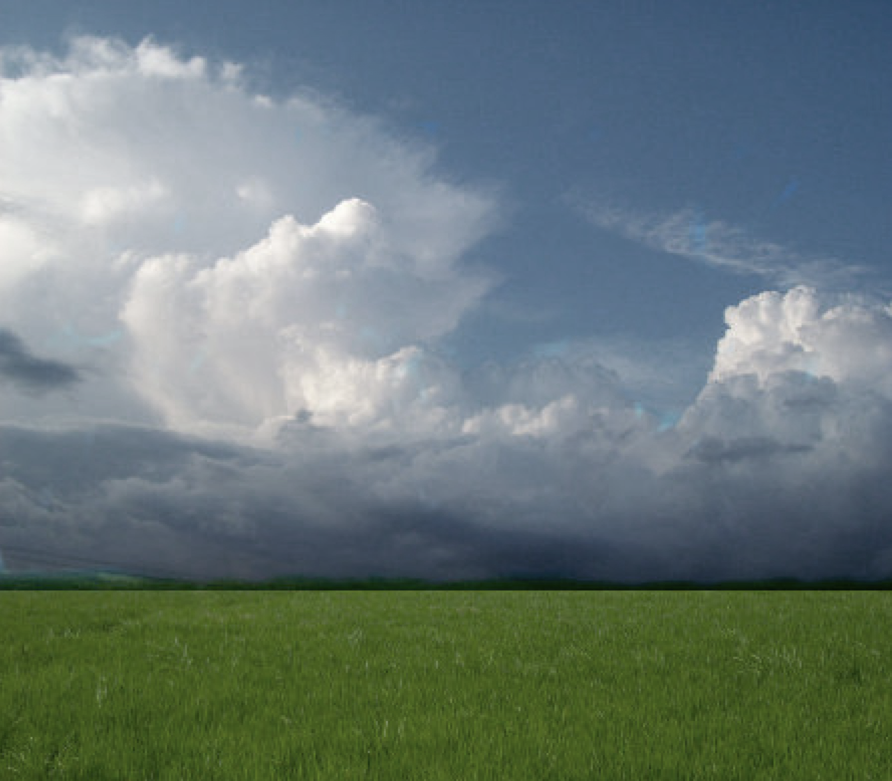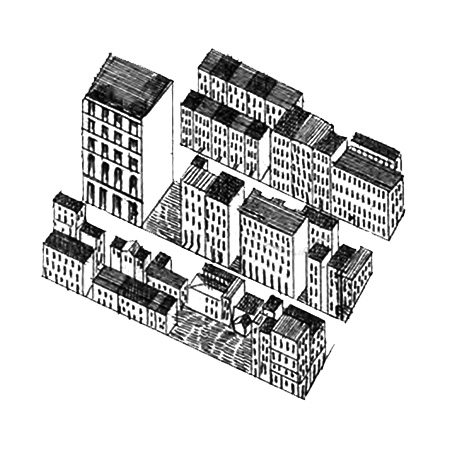
Open Space: Good or Bad for Cities?
 In the middle of the 19th century cities were expanding, and in most cases they were doing this in the absence of sensible ways to address very unhealthy conditions. Sanitation was scarce and the science behind disease was almost nonexistent. With revelations like John Snow’s Broad Street Pump and the birth of epidemiology, it was apparent that the city’s physical structure and operational systems had an impact on health, and that this impact could be measured. In a way, this was the birth of city planning, the idea that we could make decisions about cities based on deductive reasoning, and further, project futures based on those decisions, just as we can solve mathematical equations.
In the middle of the 19th century cities were expanding, and in most cases they were doing this in the absence of sensible ways to address very unhealthy conditions. Sanitation was scarce and the science behind disease was almost nonexistent. With revelations like John Snow’s Broad Street Pump and the birth of epidemiology, it was apparent that the city’s physical structure and operational systems had an impact on health, and that this impact could be measured. In a way, this was the birth of city planning, the idea that we could make decisions about cities based on deductive reasoning, and further, project futures based on those decisions, just as we can solve mathematical equations.
In parallel with this, designers like Haussmann and Olmsted were expounding the benefits of parks (public parks) in cities. Parks were seen as a way of offering relief from the daily grind in cities and a place where city dwellers could take advantage of a healthy country walk without ever leaving the city.
Of course both of these things were very good for cities and for the people who lived in cities. However, over time, and for very specific reasons, the idea of making healthy cities through more parks turned into something entirely different, something called open space.
Open space is a concept that emerged in early regulations, such as the 1901 Tenement Act, and was further refined in the 1916 New York zoning ordinance, specifically in the sections on required yards, and it was regulated through building setback requirements. The original idea behind the requirement for yards, or open space, was to provide light and air to the inhabitants of the knickerbocker houses, or tenements, in the city. In the second half of the 19thcentury a great number of people were living in apartment houses with no windows and no outdoor space. The idea of setting back buildings from property lines was a way to ensure that each apartment at least had light and air. The logic of this was sound and the original setback requirements provided for the needed light and air with no discernible detriment to the city.
As regulations moved more into the realm of implementation through formulas and calculations, setbacks transformed from a method for ensuring light and air to residents to a system for surrounding buildings with what was termed open space. This is particularly evident in the 1961 New York zoning ordinance (the first full re-write to the original 1916 ordinance – although by 1961 the original ordinance was so heavily modified and expanded that it bore absolutely no resemblance to the original, short, clear document). Now the setbacks were used to maximize the open space surrounding a building, with almost no relationship to the betterment of the building’s inhabitants. This led to a number of substantial problems in cities developed from the early 1960’s until today, but arguably the most problematic was relative to the idea of open space.
By this time open space, a part of the city that we had previously thought of as public parks, became something entirely different. It actually replaced parks as the defining green spaces within cities with a fairly consistent pattern of smaller buildings placed in a continuous green background. Public parks were replaced by an almost infinite series of private yards (remember setbacks), that provided no respite from the city, and they had the even more deleterious affect of replacing the consistent pattern of built-up blocks, consistent street walls, with intermittent buildings placed within a green garden. Taken to its logical extreme, this results in the suburban office park or subdivision. They both have plenty of open space, and even green space, but they have nothing of the order or structure that makes a city.
We still favor the idea of more open space in cities, as evidenced by the myriad regulations that still require it in almost all jurisdictions in the country. We have conflated a good idea, public parks, with a very bad idea, green yards surrounding urban buildings. In reality no city should ever require open space, they should build parks: two very different things. But in almost all cases, the distinction is lost, or even worse, open space is incentivized because we don’t have to spend public money purchasing, building and maintaining it. Public parks cost cities a lot of money, while my backyard is free (at least for my neighbors).
It sounds completely counterintuitive, but the reality is that private open, or green, space kills cities, while public open, or green, space keeps them alive and vibrant.


